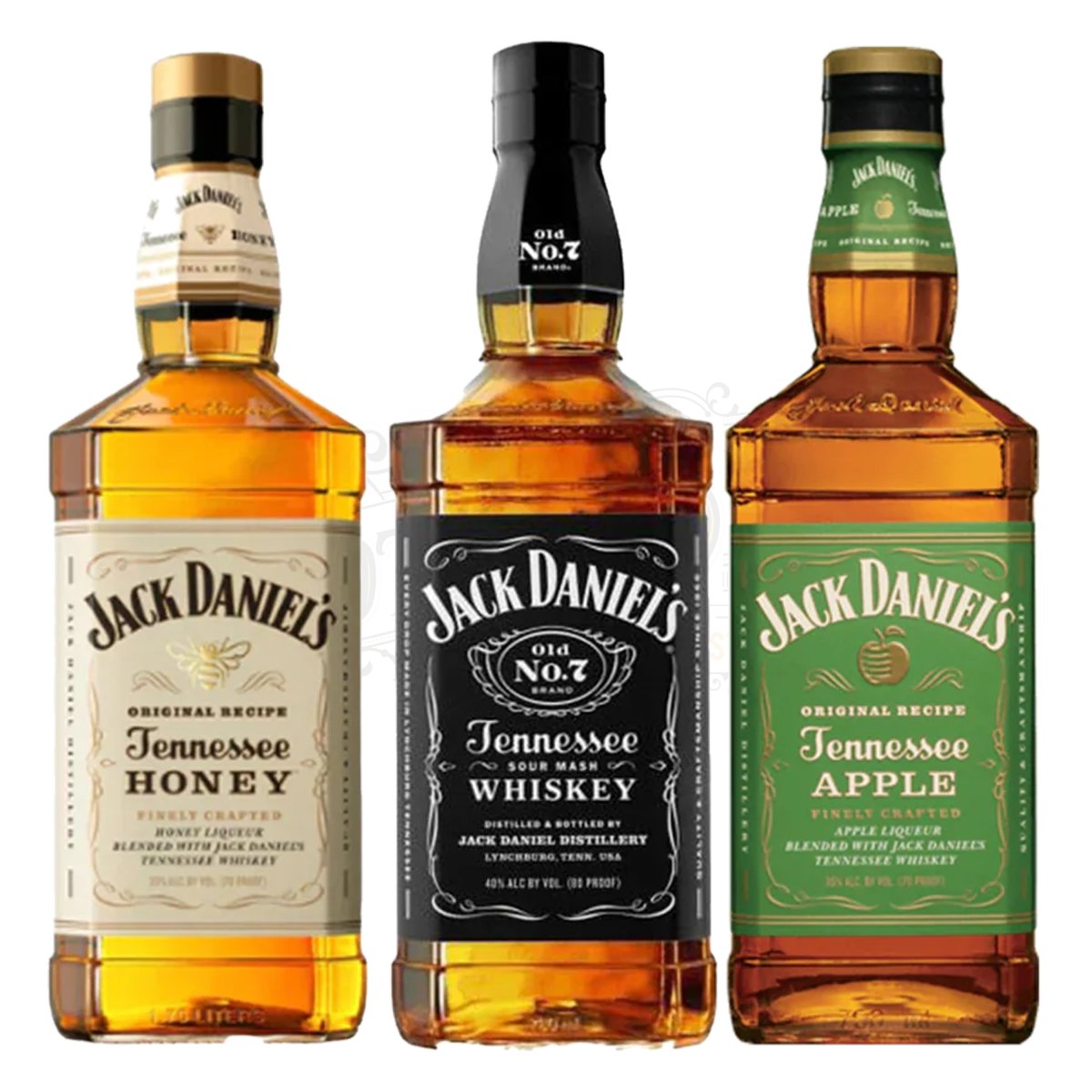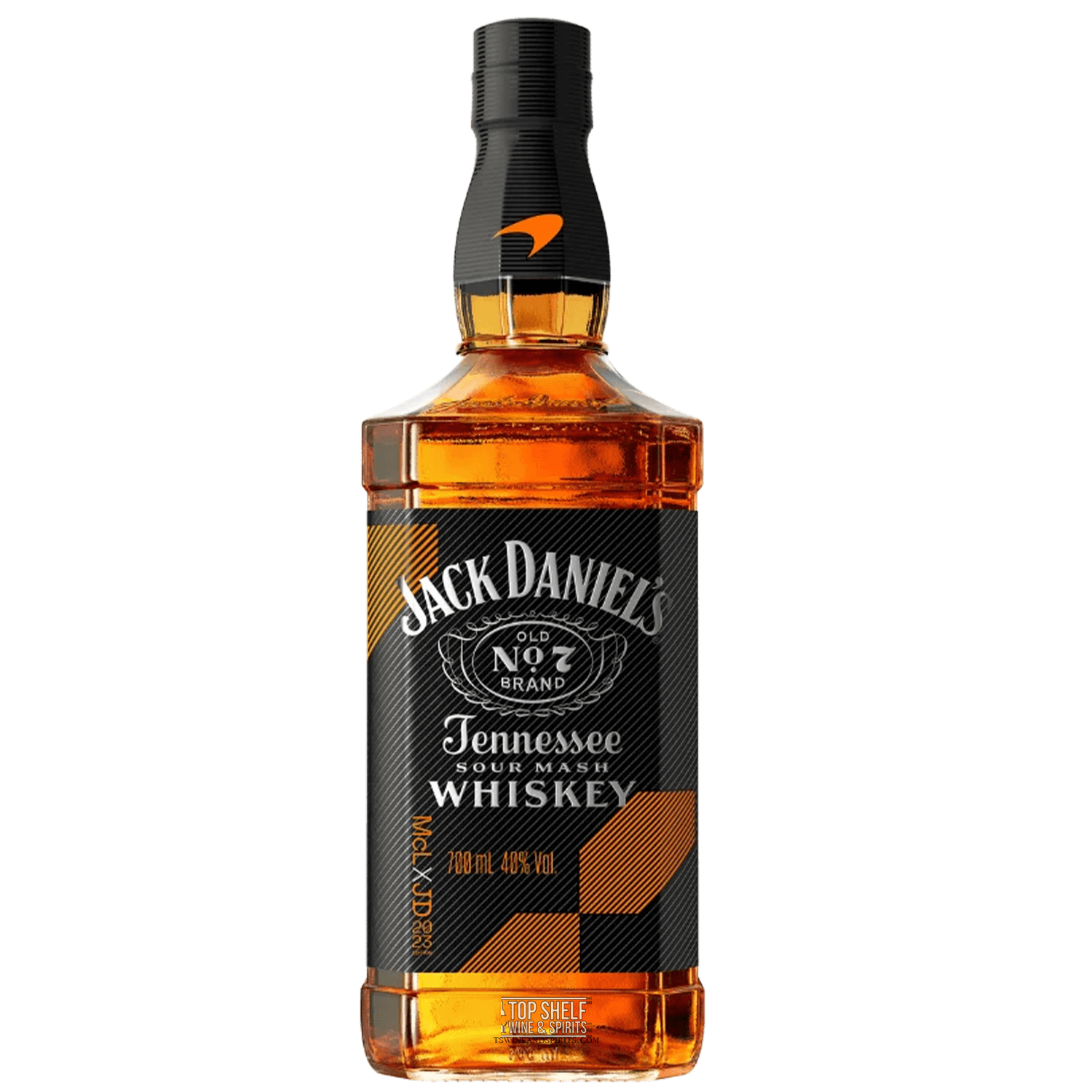Discover the Art of Purification: Exploring the Globe of Alcohol and Scotch
The intricate procedure of distillation has formed the globe of liquor and bourbon into a world of exceptional workmanship and diverse tastes. From the old origins of distillation to the modern developments in methods and tools, the journey of just how spirits are crafted is an interesting one.
The Origins of Distillation
How did the ancient civilizations initially discover the art of purification that would certainly later revolutionize the production of spirits and whiskey? The beginnings of purification can be traced back to ancient Mesopotamia and Egypt, where very early experiments were carried out to separate alcohol from fermented beverages (Buy Jack Daniel's Tennessee Whiskey Online). The process of distillation includes heating up a fluid to create vapor and afterwards cooling it to condense the vapor back right into a liquid type, enabling the extraction of purer alcohol
The ancient Greeks even more established these methods, with significant numbers like Aristotle exploring the principles of distillation. Nonetheless, it was the Arab alchemists throughout the Islamic Golden era who made significant developments in purification modern technology, laying the structure for modern-day purification practices.
Purification Techniques and Devices
Purification techniques and equipment play an important role in the manufacturing of spirits and bourbon, ensuring the extraction of pure alcohol from fermented fluids. The procedure includes heating up the fluid to produce vapor and after that cooling it to condense the vapor back into a liquid form, separating the alcohol from other elements. There are numerous purification approaches employed in the industry, consisting of pot still purification, column distillation, and continuous distillation.
Pot still purification, the oldest approach, entails an easy batch process where the fluid is warmed in a pot still, and the alcohol vapors are gathered and compressed. Column distillation, on the various other hand, utilizes a column with numerous plates or trays to accomplish an extra continual and efficient purification procedure. Continuous purification systems, like the Coffey still, enable a consistent flow of liquid through the system, causing high-proof alcohol manufacturing.
Distillation tools ranges from typical copper pot stills to contemporary stainless-steel columns, each offering special advantages in regards to flavor accounts and efficiency. The option of tools and strategy considerably influences the final item's quality and features.
Diverse Ranges of Alcohol Worldwide

Scotch whisky, made in Scotland, is known for its peaty and intricate tastes stemmed from the nation's malted barley and standard aging procedure why not try here in oak barrels. On the other hand, the wonderful and robust bourbon scotch hails from the United States, especially Kentucky, where it is crafted mostly from corn.
Relocating To the Caribbean, rum takes the limelight with its sugarcane origins and varied profiles ranging from light and crisp to dark and abundant. Tequila, Mexico's famous spirit, is made from the blue agave plant and flaunts a wide variety of styles, from natural blanco to aged añejo varieties.

Bourbon Styles Across Various Regions
Exploring the world of bourbon introduces a varied variety of styles originating from different regions, each supplying an unique preference and personality formed by regional active ingredients and distillation methods. Scotch whisky, coming from Scotland, is recognized for its smoky, peaty tastes, with areas like Islay producing specifically robust malts. Irish scotch, on the other hand, tends to be smoother and lighter, usually triple-distilled for a crisp surface. American bourbon, a corn-based whiskey, is matured in new charred oak barrels, providing it a caramelized and pleasant profile. Tennessee whiskey, very closely pertaining to bourbon however with an extra charcoal filtering process understood as the Lincoln Area Process, flaunts a distinctive smooth taste.
Japanese whisky, inspired by Scotch practices, has acquired global acknowledgment for its precise workmanship and well balanced tastes. Canadian whisky, generally made from a mix of grains, is known for its smooth and light attributes. Each region's scotch style mirrors its one-of-a-kind heritage, climate, and manufacturing methods, providing fanatics an abundant tapestry of tastes to explore.
The Future of Distilled Spirits
With an ever-evolving global palate and a boosting need for innovation in the spirits market, the future of distilled spirits presents a landscape ripe for expedition and creativity. As customer preferences remain to move towards artisanal and unique items, distillers are obliged to press the boundaries of traditional purification methods. This change has resulted in a surge in speculative distilling techniques, such as barrel aging in non-traditional woods, mixing spirits from different regions, and using alternative grains for purification.
In addition, sustainability and environmental consciousness have actually ended up being critical factors forming the click to read future of distilled spirits. Distilleries are increasingly concentrating on lowering their carbon footprint, applying environment-friendly practices, and sourcing regional active ingredients to create an extra sustainable product. This trend is not just driven by consumer need for fairly generated spirits yet additionally by a genuine commitment within the market to minimize ecological effect.
In the coming years, we can anticipate to see an ongoing emphasis on technology, sustainability, and variety in the globe of distilled spirits, as distillers strive to satisfy the progressing preferences and values of the modern-day customer.
Verdict
In final thought, the art of purification has an abundant history and varied strategies that have been refined over centuries. From the beginnings of distillation to the broad selection of alcohols readily available worldwide, this ancient method continues to innovate and advance (Buy Jack Daniel's Tennessee Whiskey Online).
The complex process of purification has shaped the globe of liquor and scotch into a world of unparalleled workmanship and varied tastes.How did the old human beings first discover the art of distillation that would certainly later reinvent the manufacturing of spirits and whiskey?Distillation strategies and equipment play a crucial role in the manufacturing click now of spirits and bourbon, making certain the removal of pure alcohol from fermented liquids. There are different purification methods utilized in the sector, including pot still distillation, column purification, and continual distillation.
Column purification, on the other hand, makes use of a column with several plates or trays to achieve a much more constant and reliable distillation procedure. Buy Jack Daniel's Tennessee Whiskey Online.